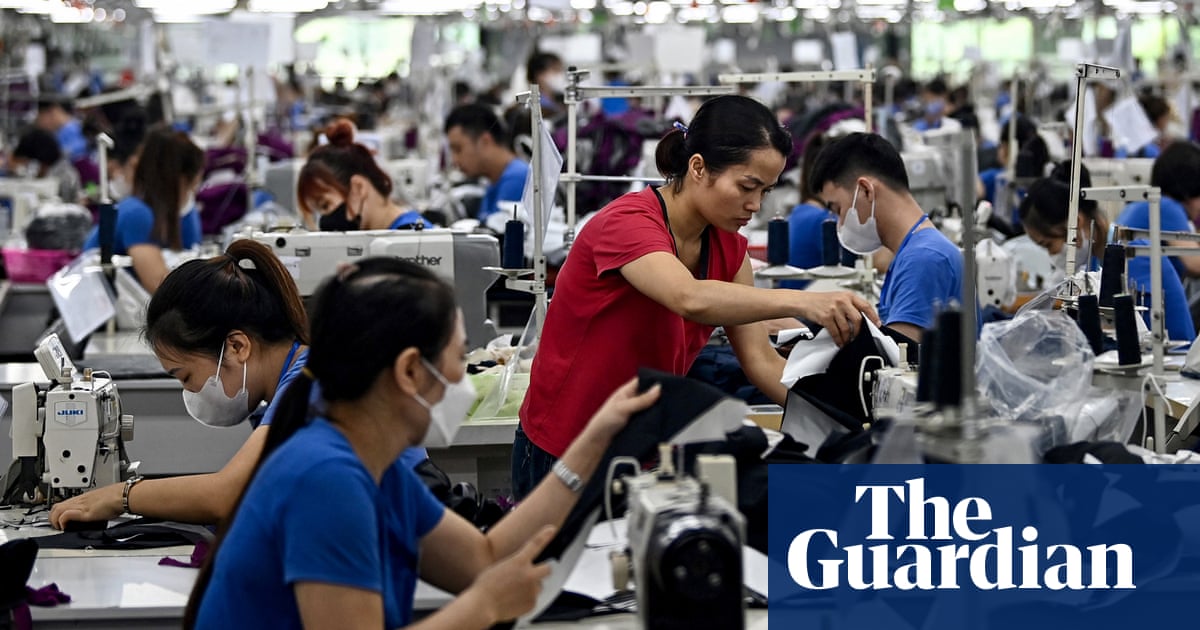The United States and Vietnam struck a trade agreement that sets 20% tariffs on many of the Southeast Asian country’s exports following last-minute negotiations,Donald Trumpand Vietnamese state media said on Wednesday.
The rate is lower than an initial 46% levy Trump announced in April on goods fromVietnamwhich was due to take effect next week.
Trump said that goods from Vietnam would face a 20% tariff and that any trans-shipments from third countries would face a 40% levy. Details were scarce and it was not immediately clear how the trans-shipment provision would be implemented.
Vietnam would also provide the United States with more market access, with US exports to the country facing no tariffs, Trump said. That agreement appears to include US exporters of large-engine cars, according to Trump and Vietnamese state media.
“It is my Great Honor to announce that I have just made a Trade Deal with the Socialist Republic of Vietnam,” Trump said on Truth Social.
“It is my opinion that the SUV or, as it is sometimes referred to, Large Engine Vehicle, which does so well in the United States, will be a wonderful addition to the various product lines within Vietnam,” Trump said.
Vietnamese President Tô Lâm asked in a phone call with Trump earlier on Wednesday that the United States recognize Vietnam as a market economy and remove restrictions on the exports of high-tech products to the country, Vietnam News Agency reported. Those changes have long been sought by Hanoi and dismissed by Washington.
Since Trump imposed tariffs on hundreds of billions of dollars in Chinese goods in his first term, US trade with Vietnam has exploded, though almost all of it in the form of goods to the United States from Vietnam as importers sought workarounds for the China levies.
Since 2018, Vietnam’s exports are up nearly three-fold from less than $50bn that year to about $137bn in 2024, Census Bureau data shows. US exports to Vietnam are up only about 30% in that time – to just over $13bn last year from less than $10bn in 2018.
The White House and the Vietnamese trade ministry did not immediately respond to a request for comment.
Trump announced a wave of tariffs for countries around the world on 2 April, before pausing the implementation of most duties until 9 July. More than a dozen countries are actively negotiating with theTrump administrationto avoid a steep spike in tariffs on their exports.
The Trump administration has teased that a deal with India is also coming soon, but it has said that others may not be ready by 9 July.
Britain negotiated a limited trade deal with the Trump administration, accepting a 10% US tariff on many goods, including autos, in exchange for special access for aircraft engines and British beef.
Like the agreement struck with Britain in May, the one with Vietnam resembles more a framework than a finalized trade pact.
